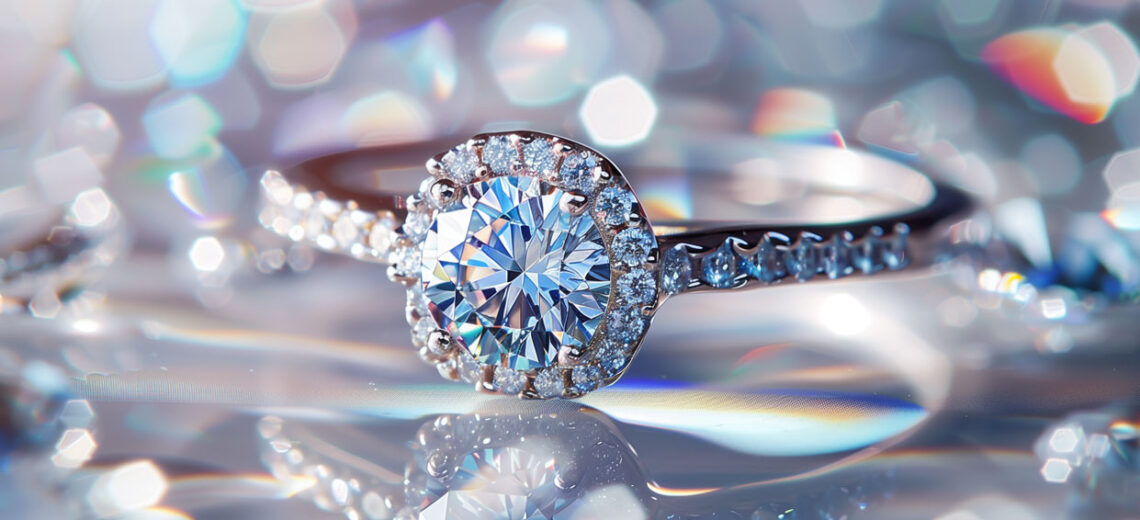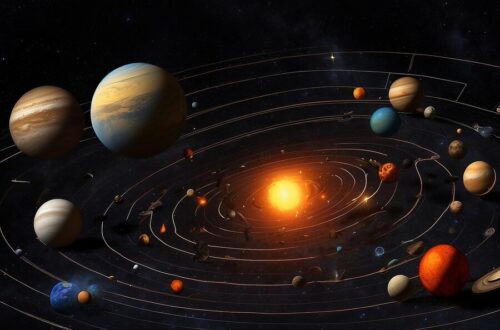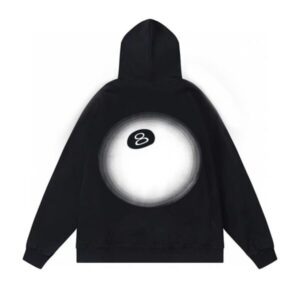The engagement ring has long symbolized love and commitment, evolving through centuries of tradition and fashion. While today’s popular engagement rings are often set with diamonds, historically, a variety of materials were used. From braided grasses to gold bands, each material held its own significance in different cultures and eras. In this guest post, we will explore the fascinating history of engagement rings and the diverse materials that have been used to craft these meaningful tokens of love. Whether you’re researching for your next ring purchase at Carat Diamonds or simply interested in the origins of engagement rings, this journey through time will offer valuable insights.
Ancient Times: Braided Grass and Hemp Rings
The earliest evidence of engagement rings dates back to ancient Egypt, where rings were woven from reeds, hemp, and braided grass. Egyptians believed that a circular ring symbolized eternity, with no beginning or end, much like their perception of love. These rings were worn on the fourth finger of the left hand, as it was believed to contain the “vena amoris,” or the vein of love, which connected directly to the heart.
Though the materials used were simple and biodegradable, the sentiment behind these early rings mirrors modern traditions. While the humble materials wouldn’t last long, they carried profound significance in ancient cultures, symbolizing the start of a lifelong journey together. Today, couples still embrace this symbolism, often with modern materials like gold and diamonds, such as the collections found at Carat Diamonds.
Roman Empire: Iron and Gold Bands
By the time of the Roman Empire, engagement rings had become more durable. Iron was the material of choice, and Roman women wore iron bands to signify their commitment to marriage. The durability of iron made it a fitting choice, as it symbolized strength and permanence in a relationship.
However, as time passed, wealthier Romans began to use gold for engagement rings, a material that signified not only love but also the social status of the couple. Gold bands were often inscribed with phrases of love or the couple’s initials, a custom that continues to this day. For those looking to blend tradition with luxury, Carat Diamonds offers stunning gold engagement rings, combining the strength of tradition with modern craftsmanship.
Medieval Times: Gemstones and Puzzle Rings
In medieval Europe, engagement rings began to feature gemstones, a trend that many modern couples still follow today. During this time, sapphires and rubies were favored over diamonds. Sapphires symbolized loyalty and faithfulness, while rubies represented passion and love. Each gemstone had its own symbolic meaning, often chosen based on the characteristics couples wished to highlight in their relationship.
Another interesting trend during this time was the puzzle ring, which was popular in the Middle East and Europe. The ring consisted of several interlocking bands that only fit together in one specific way. The idea was that the ring symbolized the complexity and unity of marriage. These intricate designs have inspired modern engagement rings, with unique settings and gemstone combinations that are available at Carat Diamonds.
Renaissance: The Rise of Diamond Engagement Rings
The Renaissance marked a turning point in the history of engagement rings, as diamonds started to become the gemstone of choice for European royalty and the elite. In 1477, Archduke Maximilian of Austria commissioned the first recorded diamond engagement ring for his fiancée, Mary of Burgundy. This event sparked a trend among European aristocracy, who saw diamonds as a symbol of wealth, status, and unbreakable love.
Diamonds, often referred to as “indestructible,” became a metaphor for the strength and endurance of marriage. From this point forward, diamond rings grew in popularity, especially among the upper classes. Today, diamonds remain the most popular choice for engagement rings, and Carat Diamonds offers a wide selection of brilliant cuts and settings to choose from.
Victorian Era: Nature-Inspired Designs
The Victorian era (1837-1901) saw engagement rings become highly romanticized, with designs often incorporating flowers, hearts, and other nature-inspired motifs. Rings from this period were often crafted from yellow or rose gold and featured a variety of gemstones, including opals, garnets, and pearls.
It was during this time that diamonds became more accessible to the general public, thanks to the discovery of diamond mines in South Africa. However, many Victorian engagement rings still featured a combination of gemstones, rather than the single solitaire diamond that is so popular today.
Victorian rings were also notable for their intricate craftsmanship and use of filigree and other detailed metalwork. Couples seeking a vintage-inspired ring today can find similar designs at Carat Diamonds, where classic styles are brought to life with modern techniques.
Edwardian Era: Platinum and Elegance
At the turn of the 20th century, the Edwardian era (1901-1910) introduced a new level of sophistication to engagement rings. Platinum, a durable and versatile metal, became the material of choice for engagement rings during this time. Its strength allowed for the creation of more intricate and delicate designs, often featuring lace-like patterns and milgrain detailing.
Platinum rings often showcased diamonds, with settings designed to enhance the brilliance of the stones. This era was characterized by elegance and luxury, and engagement rings were crafted to reflect the refined tastes of the period. Today, platinum remains a popular choice for engagement rings, and Carat Diamonds offers an array of exquisite platinum settings that capture the timeless elegance of the Edwardian era.




